Cotton Grass, also known as Tall Cottonsedge, is a perennial plant belonging to the Cyperaceae family. Its botanical name, Eriophorum angustifolium, reflects its slender form and adaptability. Native to Europe, Asia, and North America, this plant thrives in bogs and wetlands, making it a popular choice for moist, naturalized gardens.
This ornamental grass typically grows between 20 and 102 cm tall. During spring and summer, it produces small brown and green flowers that later transform into striking white seed heads resembling tufts of cotton. These fluffy seed heads not only add visual appeal but have also historically been used in Europe as a cotton substitute for crafting paper and textiles.
Cotton Grass is an excellent addition to wetland areas or gardens seeking a touch of natural beauty and ecological significance.
| Common name | Cotton Grass, Tall Cottonsedge |
| Botanical name | Eriophorum angustifolium |
| Family | Cyperaceae |
| Species | angustifolium |
| Origin | Europe, Asia, North America |
| Life cycle | Perennial |
| Plant type | Ornamental Grasses and Sedges |
| Hardiness zone | 4, 5, 6, 7, 8 |
| Sunlight | Dappled Sunlight |
| Maintenance | Low |
| Soil condition | High Organic Matter |
| Soil ph | Acid |
| Drainage | Poorly Drained |
| Growth rate | Fast |
| Spacing | 12 in. – 3 ft. |
| Flowering period | Spring |
| Flower color | Brown, Copper |
| Leaf color | Green |
| Fruit color | Brown, Copper |
| Stem color | Green |
| Flower benefit | Showy |
| Garden style | Rain Garden |
| Uses | Container |
I. Appearance and Characteristics
Eriophorum angustifolium, commonly known as common cottongrass or common cottonsedge, is a species of flowering plant in the sedge family, Cyperaceae. Native to North America, North Asia, and Europe, it grows on peat or acidic soils, in open wetland, heath or moorland.
In the wild, Eriophorum angustifolium is a creeping rhizomatous perennial sedge, with an abundance of unbranched, translucent pink roots. Fully grown, it has a tall, erect stem shaped like a narrow cylinder or triangular prism; it is smooth in texture and green in colour. Reports of the plant’s height vary; estimates include up to 60 cm (24 in), 15–75 cm (5.9–29.5 in), and up to 100 cm (39 in). E. angustifolium has “stiff grass-like foliage” consisting of long, narrow solidly dark green leaves, which have a single central groove, and narrow from their 2–6-millimetre (0.08–0.24 in) wide base to a triangular tip. Up to seven green and brown aerial peduncles and chaffs, roughly 4–10 millimetres (0.16–0.39 in) in size, protrude from umbels at the top of the stem from which achenes are produced after fertilisation, each with a single pappus; these combine to form a distinctive white perianth around 5 centimetres (2.0 in) long.
Eriophorum angustifolium is described as “a rather dull plant” in winter and spring, but “simply breathtaking” in summer and autumn, when 1–7 conspicuous inflorescences – composed of hundreds of white pappi comparable to cotton, hair, tassels, and/or bristles – stand out against naturally drab surroundings.
Eriophorum angustifolium differs from other species within the genus Eriophorum in its habitat and morphology. Its multiple flower heads and growth from rhizomes distinguish it from E. vaginatum, which has a single flower head and grows from dense tussocks. Although E. latifolium has 2–12 flower heads, it has laxly caespitose (tufted) growth, and its pappi are forked. The smooth peduncles and preference for acidic soil pH distinguishes E. angustifolium from E. gracile, which grows in swamp with a neutral pH and has scabrid (rough) peduncles.
Eriophorum angustifolium is a hardy, herbaceous, rhizomatous, perennial plant, meaning that it is resilient to cold and freezing climatic conditions, dies back at the end of its growing season, has creeping rootstalks, and lives for over two years. It grows vigorously from seed over a period of 2–5 years, and thrives particularly well in freshly disturbed, cut or eroded peat. E. angustifolium is protogynous.
Sexual reproduction in Eriophorum angustifolium begins with flowering in spring or early summer (in or around May), when groups of 3–5 brown flowers are produced. Fertilisation usually takes place in May or June, via anemophily (wind-pollination), and the white bristle-like perianth, composed of achenes with pappi (seeds with hairs) then grows outwards to appear like short tufts of cotton thread. These pappi endure well into summer, lasting from around June to September. Like the pappus of Taraxacum (dandelions), this aids in wind-dispersal, and also serves as thermal insulation, conserving the temperature of the plant’s reproductive organs by trapping solar radiation.
It is a known host to the fungal species Myriosclerotinia ciborium, Hysteronaevia advena, Lachnum imbecille and Lophodermium caricinum.
Although “difficult to grow under cultivation”, The Royal Horticultural Society states Eriophorum angustifolium can be cultivated as a low-maintenance wildflower, suitable for meadows, ponds, margins or bog gardens. This may be done in sheltered or exposed terrain, but best accomplished with full sun at a south- or west-facing aspect, in water up to 5 centimetres (2.0 in) deep. Poorly-drained peat, sand, clay or loam with an acidic soil pH is required.
Division in spring is the recommended form of propagation for the species, and regular deadheading is the recommended method of pruning. Narthecium ossifragum and Myrica gale are suitable for companion planting with E. angustifolium. Eriophorum angustifolium is “generally pest free”. As a seedling and young plant it is eaten by sheep and cattle, and a variety of goose species. It is tolerant to chalybeate (iron-enriched) water, but may succumb to powdery mildews.
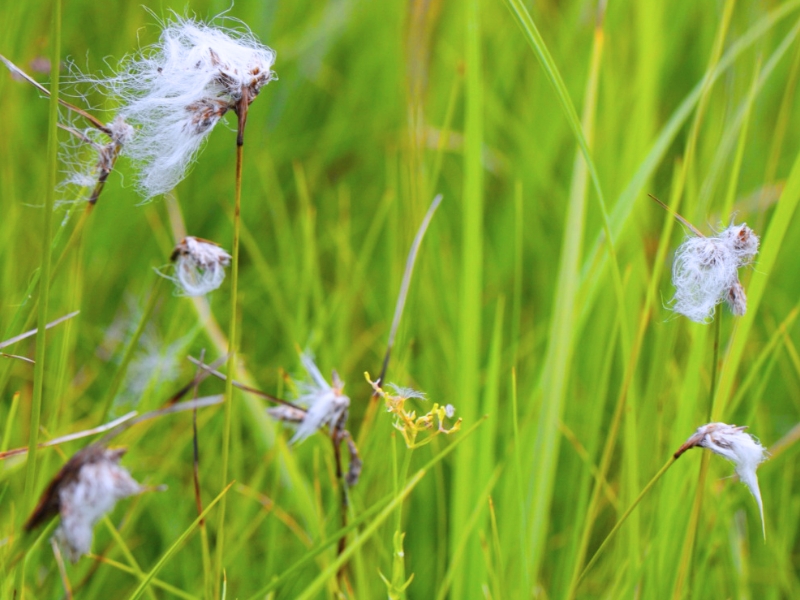
II. How to Grow and Care
Sunlight
Cotton grass thrives best in full sun conditions, where it receives unfiltered and direct light for most of the day. This favorable exposure ensures vigorous growth and optimal health. Cotton grass can also tolerate partial sun, where it still receives a significant amount of sunlight, but with some shade. Though hardy, straying too far from these conditions may result in reduced vitality and stunted development. Outdoor cultivation is preferable for cotton grass, where it can capitalize on natural light cycles, ideally in open spaces that mirror its native habitats. The plant is not typically cultivated indoors, obviating the need for indoor positioning guidelines.
Watering
Thriving in the wetlands of its native habitat, cotton grass has adapted to environments with high moisture levels. This species is characterized by a preference for consistent hydration and can tolerate brief periods of water saturation. For optimal growth, cotton grass should be watered every week. Given its natural affinity for moist conditions, cotton grass is more commonly grown outdoors where it can benefit from natural rainfall patterns. Its ability to adapt to varying water levels makes it an excellent choice for rain gardens or areas that experience seasonal flooding.
Fertilizing
For optimal growth, cotton grass thrives with balanced nutrition fertilizer, rich in nitrogen, phosphorus, and potassium. Apply a diluted water-soluble form monthly during the growing season, reducing frequency in winter. Benefits include robust root development, enhanced blooming, and vigorous health. Avoid over-fertilization to prevent root burn. Adjust quantities as the plant matures, with younger cotton grass requiring less. Use gloves, and follow the package instructions for safe application.
Propagation
To successfully propagate cotton grass, division is the preferred method. In early spring, when the plant is in its active growth phase, gently separate clumps ensuring each new section has an ample root system. Plant the divisions promptly into moisture-retentive soil, maintaining consistent soil moisture to encourage rooting. An environment that mimics cotton grass’s natural boggy, wetland habitat will increase the likelihood of healthy establishment.
III. Uses and Benefits
Eriophorum angustifolium seeds and stems are edible and are used in traditional Native American cuisine by Alaska Natives, Inuit and Inupiat people.
The leaves and roots of E. angustifolium are also edible and, because of their astringent properties, used by the Yupik peoples for medicinal purposes, through a process of decoction, infusion or poultice, to treat ailments of the human gastrointestinal tract, and in the Old World for the treatment of diarrhoea.
In abundance, E. angustifolium can grow with enough density to disguise wetland and bog. Consequently, it may be used as a natural indicator of areas which are hazardous and to avoid travelling through. Attempts to make a cotton-like thread from the hairs of the plant’s seed-heads have been thwarted by its brittleness, but it has been used in the production of paper and candle wicks in Germany, and was used as a feather substitute in pillow stuffing in Sweden and Sussex, England. In Scotland, during World War I, it was used to dress wounds.
In 2002, the County Flowers campaign of Plantlife International, which asked members of the public to nominate and vote for a wildflower emblem for each of the counties and metropolitan areas of the United Kingdom, resulted in Eriophorum angustifolium being announced as the County Flower of Greater Manchester.
Find Where to Buy the Best Cotton Grass (Eriophorum angustifolium)



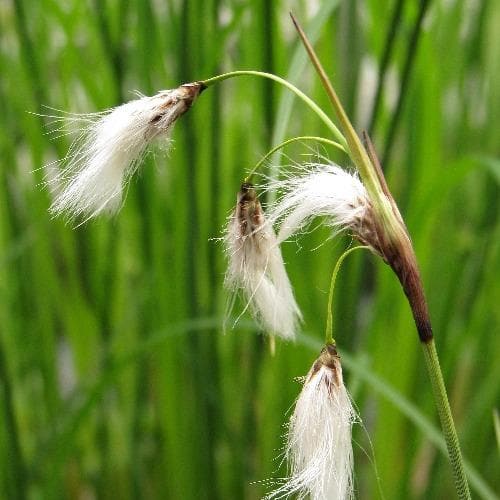

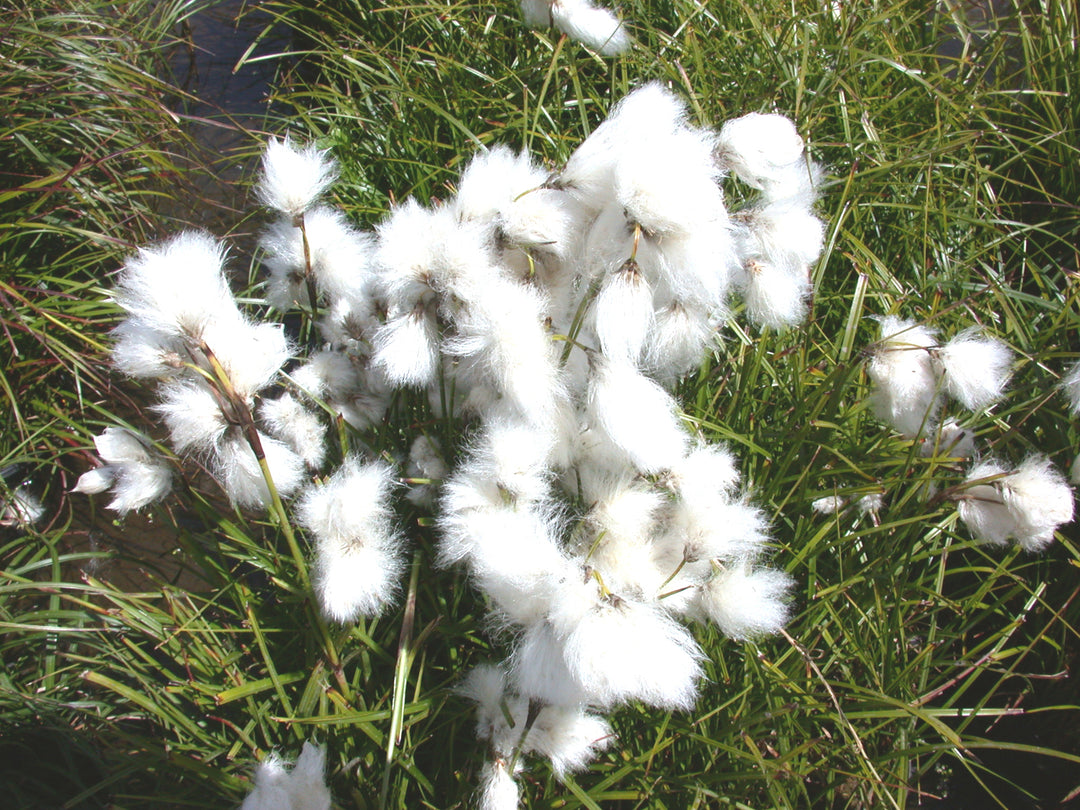



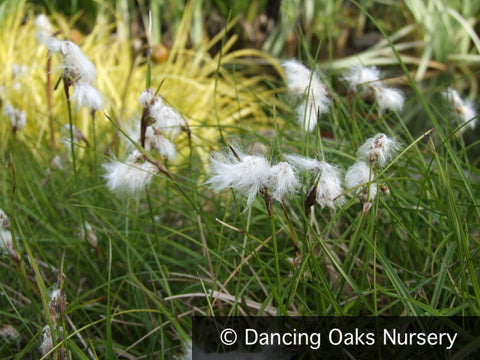
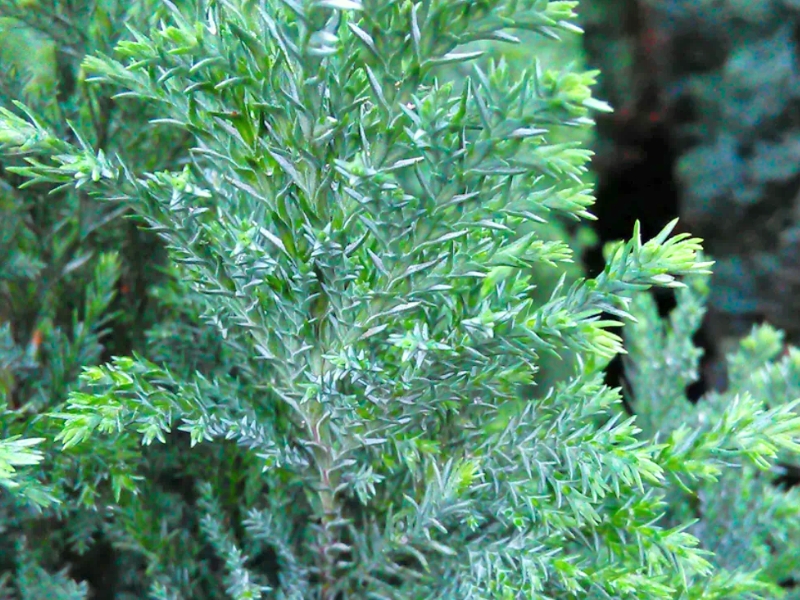
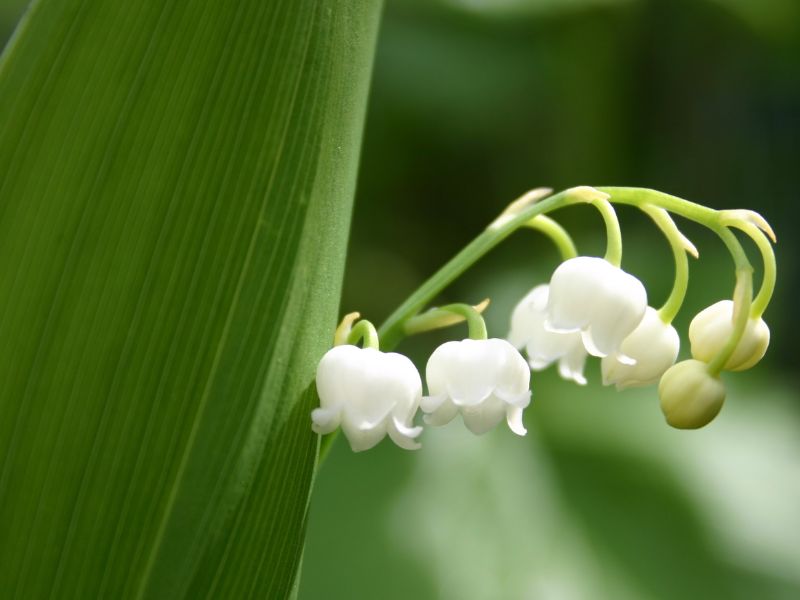
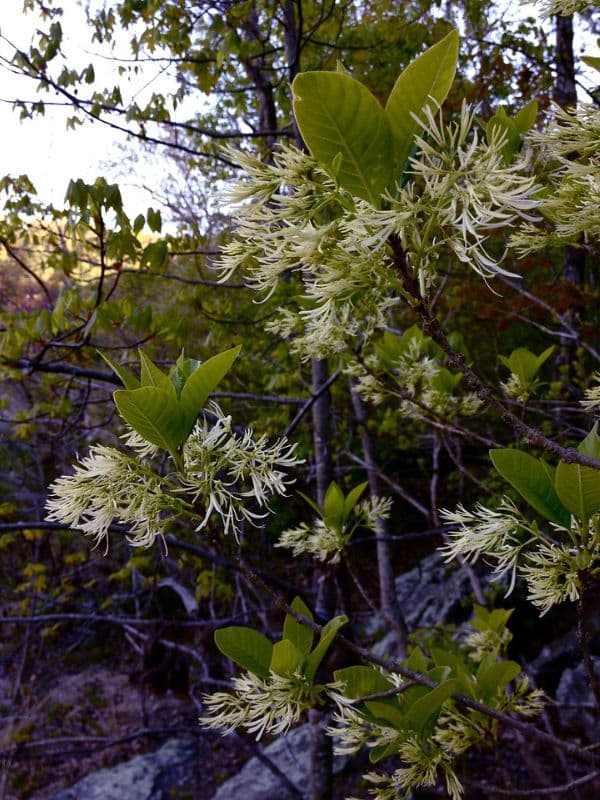
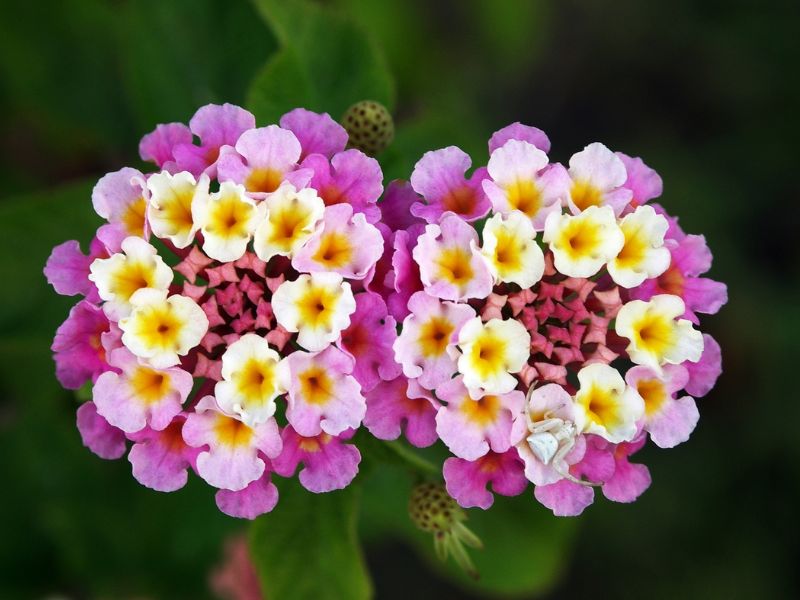
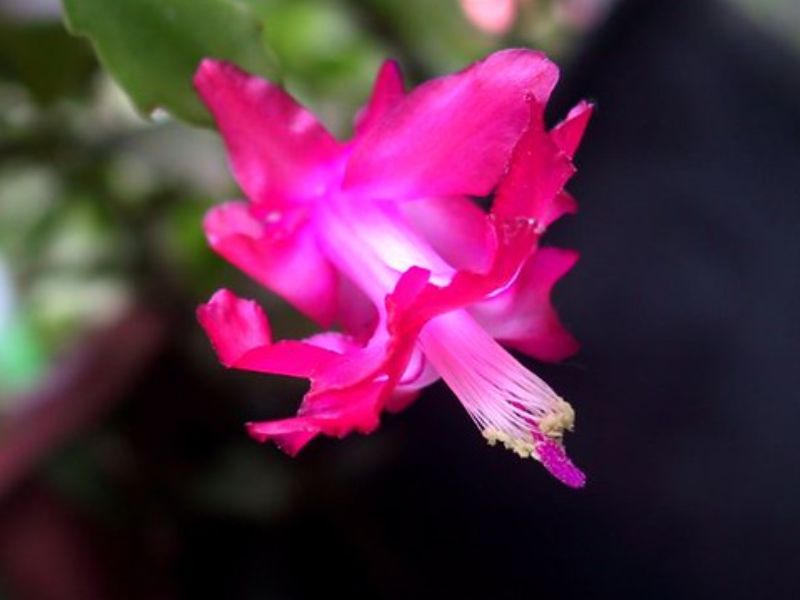
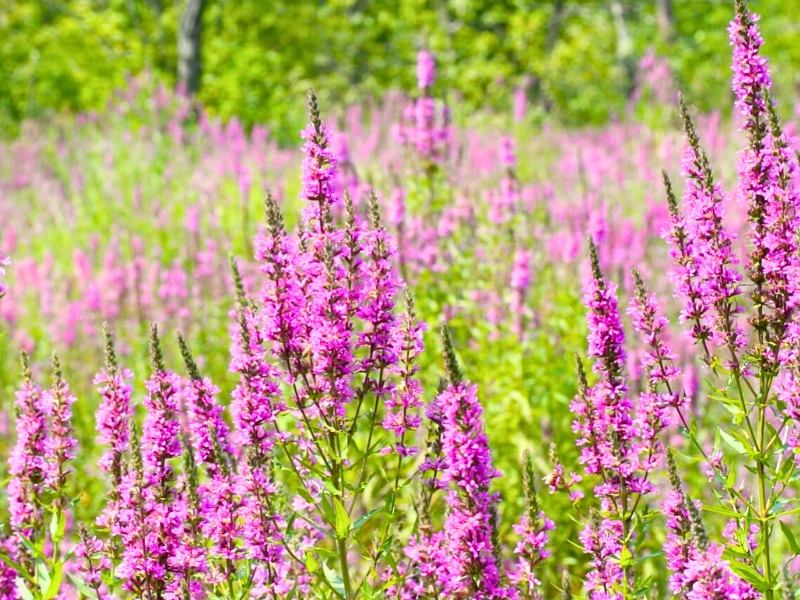
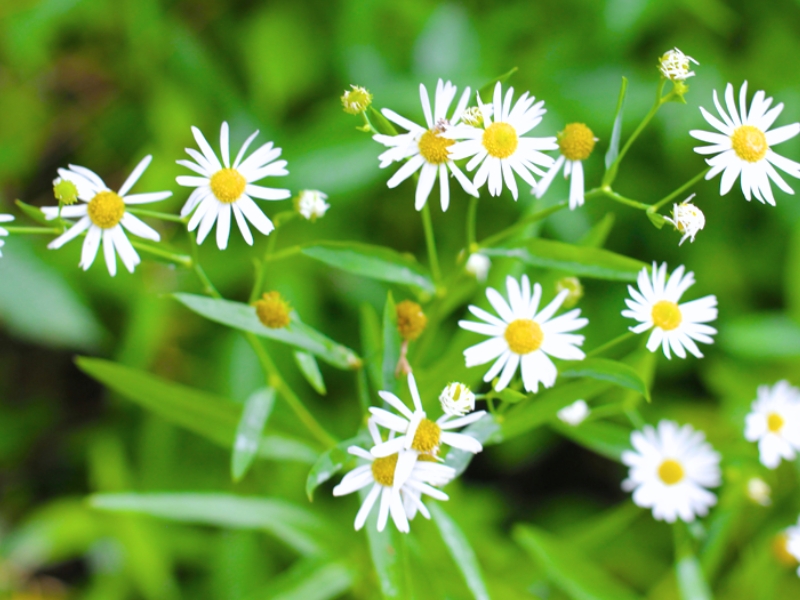
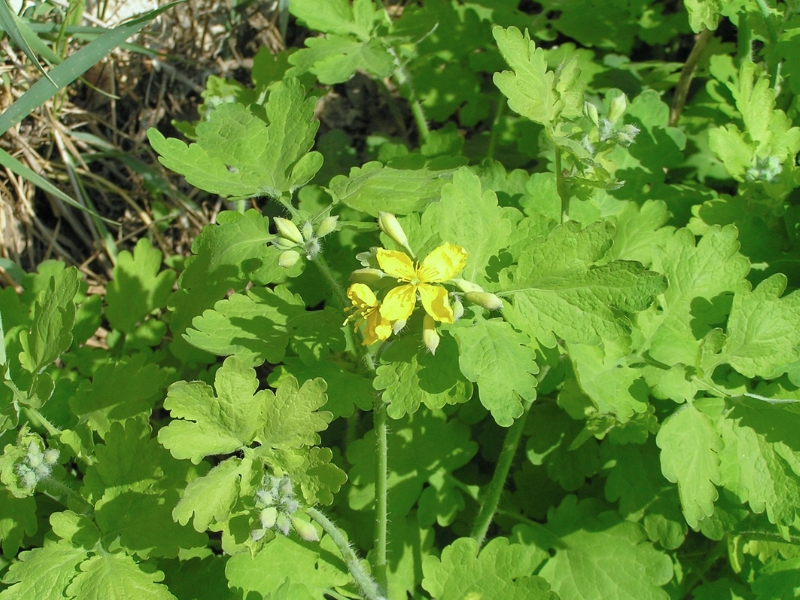
Leave a Reply